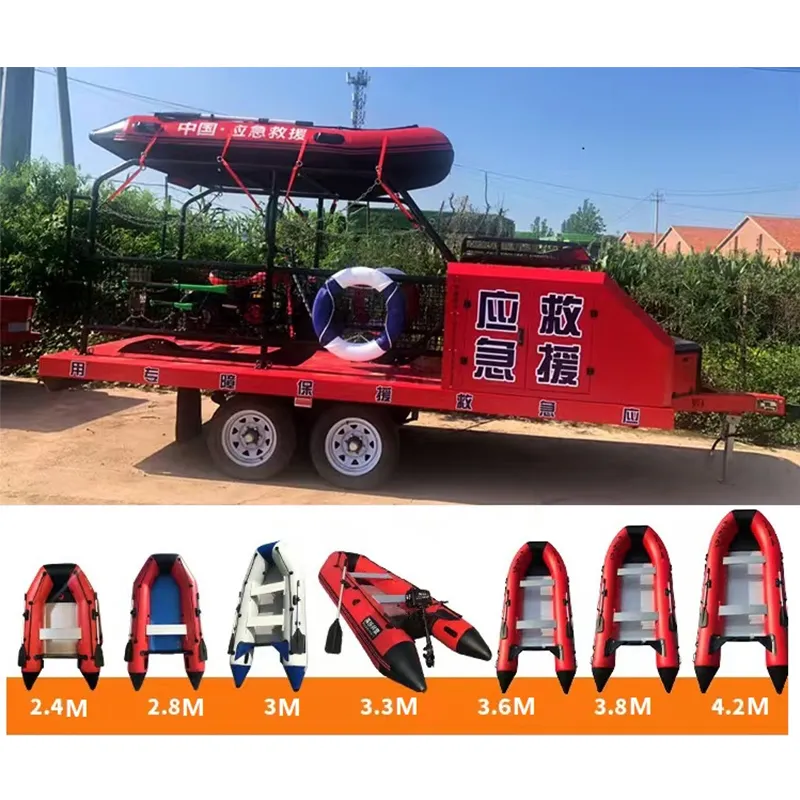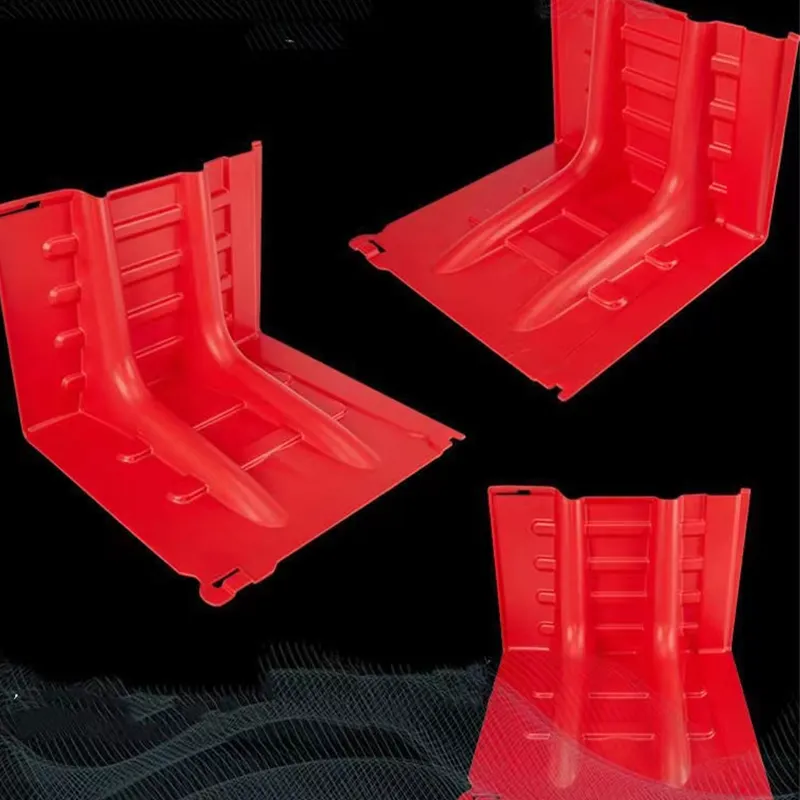

The advent of advanced technology has introduced thermal imaging cameras, transforming how firefighters navigate low-visibility environments. These devices detect heat signatures, enabling the identification of fire origins and locating victims or structural weaknesses without direct visibility. The integration of these cameras into helmets or handheld units allows for enhanced situational awareness, significantly improving operational safety and effectiveness. Firefighter safety extends beyond direct fire suppression into specialized rescue scenarios, necessitating the use of equipment such as hydraulic extrication tools. Commonly referred to as the “Jaws of Life,” these devices are indispensable in vehicle extrications and structural collapses. With the capacity to cut and pry open metal structures, hydraulic tools expedite the rescue of individuals trapped in debris with precision and care. Communication systems are pivotal to coordinating firefighting efforts. Modern digital radios offer encrypted communication channels, ensuring that vital information is transmitted securely and clearly in real time. Integrated GPS functionalities assist in positioning teams accurately, bolstering coordinated responses during widespread emergencies. In conclusion, the tools and equipment utilized by firefighters are a marriage of traditional craftsmanship and contemporary technology. Continual advancements in materials science and electronics drive the evolution of firefighting gear, enhancing the efficacy and safety of emergency response. Firefighters’ unwavering reliance on this equipment underscores the importance of its reliability and precision, ensuring that these brave individuals can conduct their life-saving work with confidence and skill.





























